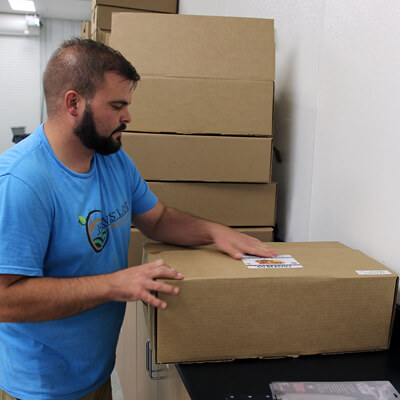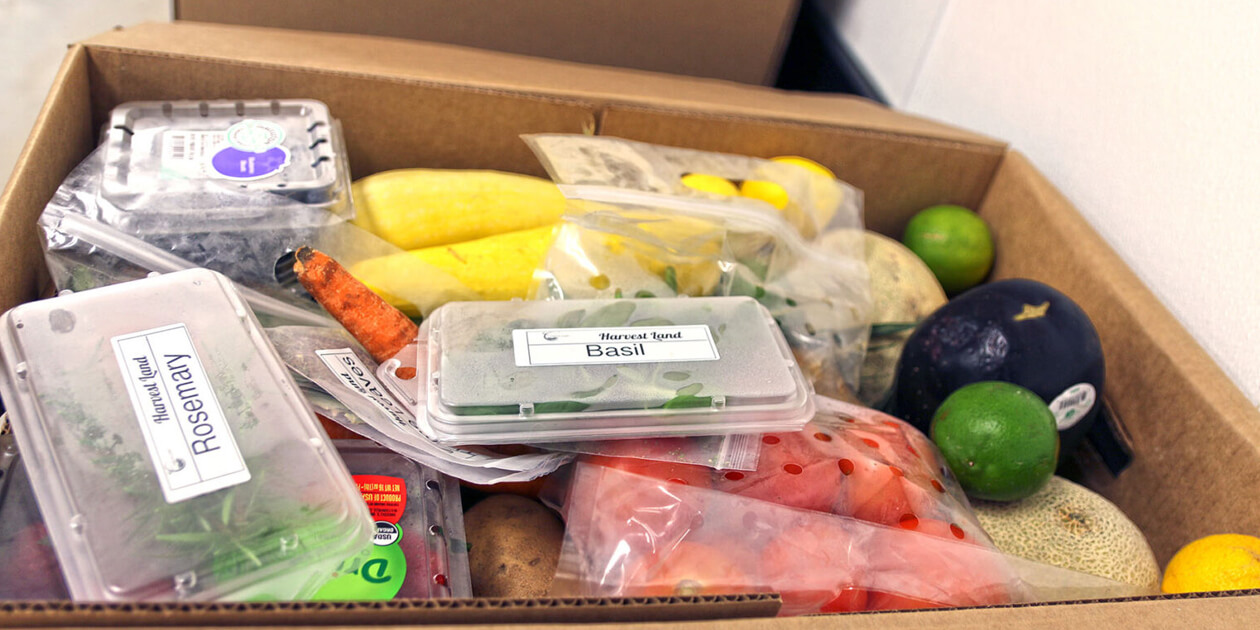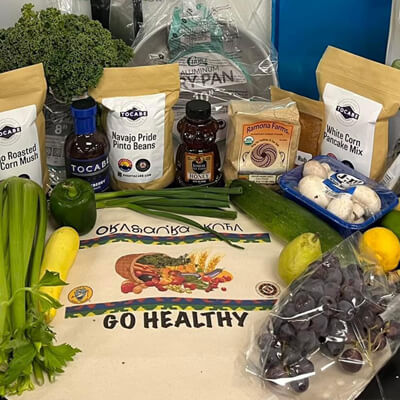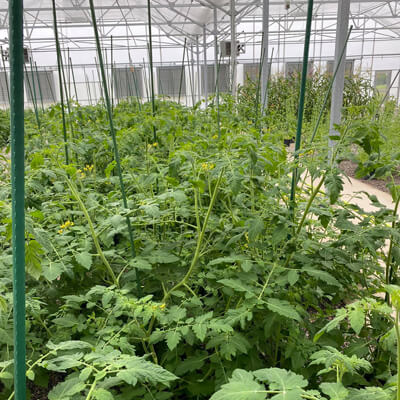
Like many Native American communities, Osage Nation experienced involuntary removal from their traditional homeland and resettled in what are now known as Tribal reservations—the Tribal reservation in northeastern Oklahoma is what Osage Nation now calls home.1 Historically, Osage Nation was self-sufficient, relying on their traditional lands for subsistence farming, fishing, and raising livestock. The forced displacement meant that many aspects of indigenous living and tradition were disrupted, including farming systems and food practices, which led to a reliance on government food programs.
Designed to boost household food supply, government food programs have become a staple in the food systems of many Native American communities and a primary source of nutrition for 51% of Native American adults.2 Due to the high calorific and fat and sodium content of these foods, it is not surprising that Tribal communities have rates of food insecurity and chronic diseases higher than the general U.S. population. Native American adults are 50% more likely to be obese, 30% more likely to have hypertension, and twice as likely to have diabetes compared to the White population, placing Native American adults at higher risk for cardiovascular diseases.3
The Osage Nation reservation is in a very rural space in Oklahoma. It is not very close to grocery stores or highways, which makes it difficult for its citizens to access healthy, fresh produce. The closest grocery store is in the town of Pawhuska, the capital of Osage, meaning that the other towns in the reservation (Fairfax, Hominy, and Skiatook) have even less access to healthy foods. The grocery store in Pawhuska is small and the prices of food are high. Also, fresh produce is limited in the town because of its rural location. The alternative is to drive the long distance to the city of Tulsa to get fresh, healthy foods. But Osage is now making a return to food security and Tribal food sovereignty—a community’s right to produce and control their own food system and to grow culturally appropriate foods.

In 2013, Osage Nation repurposed their land toward the development of a Tribal farm to provide fresh, healthy foods to its citizens.4 Since then, Osage has collaborated with academic researchers to reduce dependence on packaged and unhealthy foods to improve food security. The Osage Community Supported Agriculture (OCSA) study, a community-based participatory research (CBPR) and partnership between Osage Nation and the Oklahoma State University Center for Health Sciences, is one of such collaborations led by Principal Investigator Dr. Valarie Blue Bird Jernigan.
The Osage Community Supported Agriculture Study
OCSA is an innovative 5-year trial study that examines the impact of a community supported agriculture (CSA) program on the diet and health outcomes of 600 Native American adults living on the Osage reservation, who are overweight or obese or with comorbidities. The study also enrolled additional adults and children within each household as secondary participants. All the participants are from the four towns that make up Osage Nation (Pawhuska, Fairfax, Hominy, and Skiatook).

CSAs are economic collaborations where a community of individuals pledge support to local farmers to buy their produce. They are mutually beneficial partnerships because the pre-purchased farm produce helps the farmer to cover the cost of farm operations 5 and the community gets produce delivered to them quicker, fresher, and at less cost, because food travels directly from the farm to the consumer. CSAs are also evidence-based strategies that have improved diet and health in non-Native American populations and reduced health disparities.
The produce from the Osage Nation farm in Pawhuska (known as Harvest Land farm) goes directly to its citizens. The community pays in advance of the growing and harvesting seasons, which guarantees the farmers income. In turn, the community gets fresher, tastier, and nutrient-dense produce that costs a lot less than what they would get if they purchased from a grocery store.


Community members pick up a produce box weekly through designated sites in their towns or through their local community centers. The produce boxes also contain printouts of menus and recipes in English and Osage language, and a description of the ingredients and their cultural value and nutritional benefits. At the end of 16 weeks, which is the duration of the CSA intervention, the community will host a potluck and family night where citizens share food and recipes and discuss the cultural significance of their food.
OCSA is a first-of-its kind study, because the CSA is run by Tribal members on their local land with community members as direct beneficiaries. It is the first study to test the effectiveness of a CSA on diet and health outcomes in Native American populations. The study will also evaluate the effect of the CSA on household food budget and potential cost savings from reduced medical visits due to improved health outcomes.
Long-term Intervention Impact

Tribal food sovereignty is a long-term goal of OCSA, so a key aspect of the study is to develop and scale up systems to sustain food production. OCSA will expand food production using existing indoor greenhouse systems and an aquaponic system—a form of agriculture that combines raising fish in tanks—to ensure food production all year round. The intervention will also include a documentary film and a web-based toolkit for Native American communities that may want to replicate the findings of the study or use CBPR to improve their Tribal food systems.
Speaking on the importance of the study to Tribal food sovereignty, Dr. Jernigan, an enrolled citizen of the Choctaw Nation of Oklahoma, stated that, “sovereignty is not just our right, but it's our responsibility to take care of the land and our plant and animal relatives, and to restore the relational agreements that our ancestors made with our plant and animal relatives that we would care for them as they in turn care for us…so this is sort of a development of food sovereignty that fits within the modern context.”
OCSA expands on the success and benefits of the Food Resource Equity and Sustainability for Health (FRESH) study previously conducted by Dr. Jernigan with Osage Nation, which looked into how childhood intake of fruits and vegetables can be improved using menu changes. Both studies were funded by the National Institute on Minority Health and Health Disparities.
Page published July 3, 2024.

